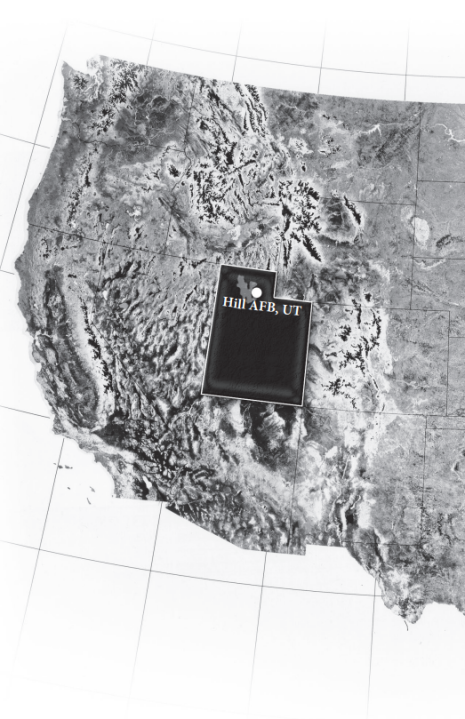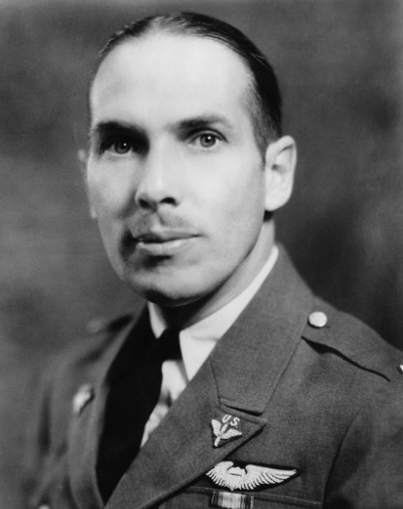Hill Air Force Base history: Who was it named after?
WEBER COUNTY, Utah (ABC4) — For people who’ve lived in northern Utah most of their lives, it feels like Hill Air Force Base has always been there.
The base, located roughly five miles south of Ogden, has a history spanning 80 years. It started in 1934 with the Army Air Corps.

Warriors Over the Wasatch Air Show to soar over Hill AFB June 29-30 with ABC4
“They were doing airmail operations outside of Salt Lake City airport and they really noticed this region and thought it would be a really good place to put a depot,” said Aaron Clark, director of the Hill Aerospace Museum.
Construction on the depot, which was seen as a military necessity, began in 1939. It was a time when military powers around the world were scaling up. The depot’s location was chosen because of its arid climate, proximity to a railroad and distance from the coast.
“When WWII started, we went from just a handful of employees to 22,000 employees, which is incredible,” Clark said.
He noted that the workforce, with so many locals, proved to be a great asset. It would then later gain the name of one of the country’s greatest assets, whose work and sacrifice advanced the military’s air power.
In 1939, Hap Arold, one of the forefathers of the U.S. Air Force, named the base “Hill Field” in honor of Maj. Ployer “Peter” Hill, renowned for his abilities as a test pilot.

Hill piloted nearly 60 of the Army’s newest aircraft.
In 1935, he died in a crash testing the plane that would become the famous B-17 Flying Fortress, used widely during World War II.
According to Air and Space Forces Magazine, the crash happened after the experimental plane boomed down the runway in Wright Field, Ohio, lifted off and started to climb. But at around 200 feet, the plane “stalled, suddenly pitched up, rolled over and crashed in flames.”
Hill and his co-pilot, Lt. Donald L. Putt, died in the crash. Three others survived.
During WWII, many of the Army’s B-17s would be repaired at Hill Field, a critical operation during America’s fight against the Axis powers.
According to Clark, Hill Air Force Base has a similar mission today. It plays a major role in repairing, maintaining, and advancing America’s air power.
Copyright 2024 Nexstar Media, Inc. All rights reserved. This material may not be published, broadcast, rewritten, or redistributed.
For the latest news, weather, sports, and streaming video, head to ABC4 Utah.
